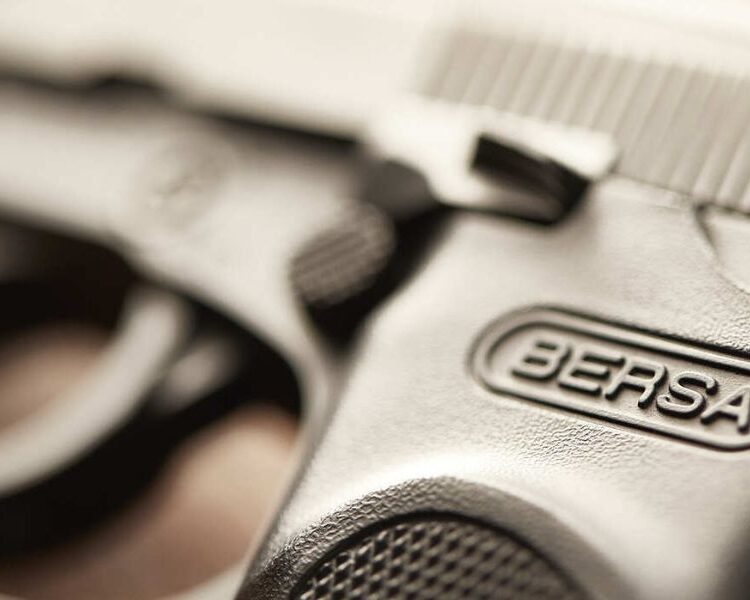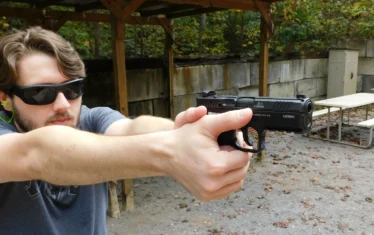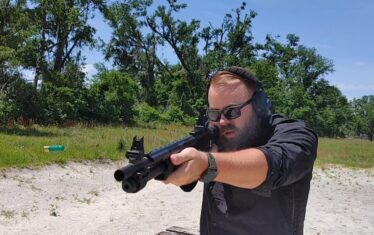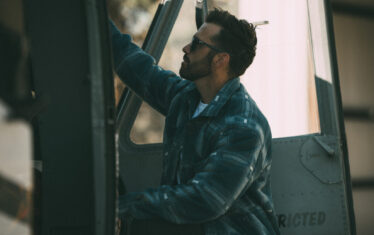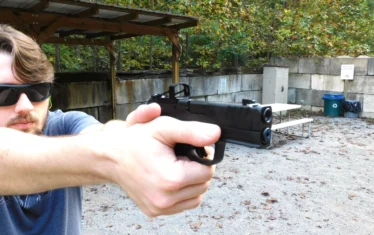Bersa Firearms has produced more than a few cult classics. Today we’re taking a look at the highlights of the company’s history, from the beginning all the way up to the Bersa Thunder .380, and beyond.
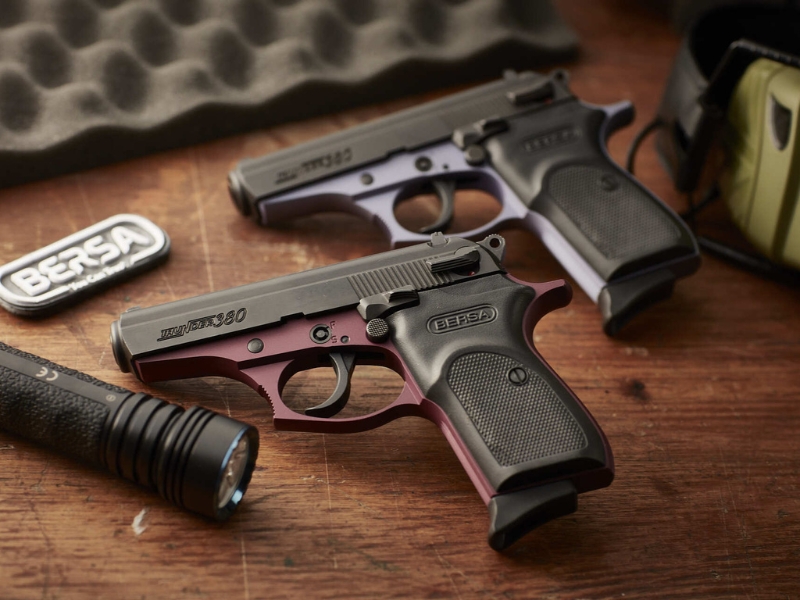
The Beginning of Bersa
Bersa was established back in 1958 in Ramos Mejía, Argentina, near Buenos Aires by three Italian engineers, Banco Bonadiman, Savino Caselli, and Ercole Montini.
They were all mechanical engineers with a history of firearms design and production. So, they decided to combine forces and make something together; Bersa ended up being that something. And not only did they combine their skills, the name of the company is literally a combination of the first parts of their names — (B)anco, (Er)cole, and (Sa)vino.
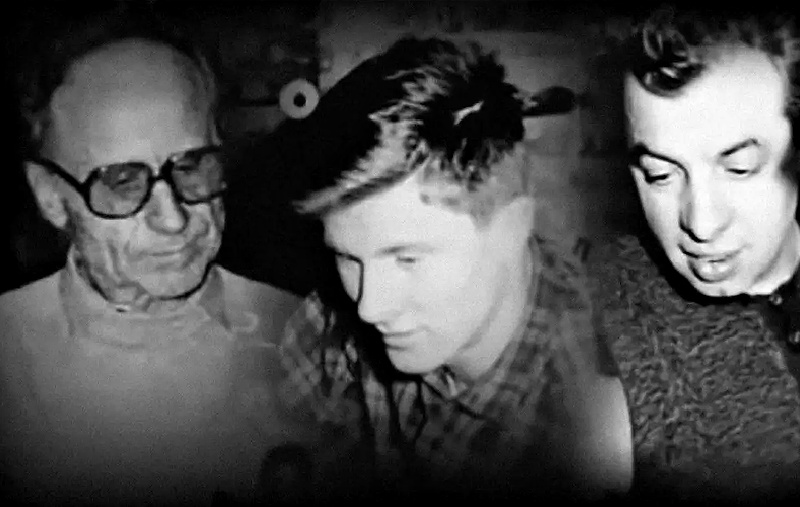
In its early years, Bersa focused on producing parts for Ballester–Molina, a private Argentinian arms manufacturer. Ballester-Molina was known for their self-titled Ballester-Molina clone of the “Sistema Colt Modelo 1927,” or Modelo 1927.
Ironically, the Modelo 1927 was a licensed copy of the M1911, which was produced by the Fabricaciones Militares Sociedad del Estado, an Argentine State company focused on the production of arms for their armed forces. The Argentine police & armed forces used both pistols until reportedly after the Falklands War in 1982.
However, Bersa had their first significant breakthrough when they released their “Modelo 60” in 1959. It was a .22 Long Rifle pistol based on a modified Beretta design — a little nod to their Italian firearm heritage. This model and its successor, the “Modelo 62”, reportedly sold well and helped establish Bersa in the larger firearms market.
The company gradually expanded its product line in the coming years.
Bersa Handguns Over the Years
In 1989, Bersa made their first popular full-sized pistol, the Model 90. The Model 90 was chambered in 9mm, which is historically a massive market. Chamberings in calibers like 9mm are more indicative of more significant success.
The Model 90 and its evolution, the Bersa Thunder 9, later became standard issue for the Argentine Armed Forces and the Argentine Federal Police, replacing the Sistema Colt Modelo 1927.
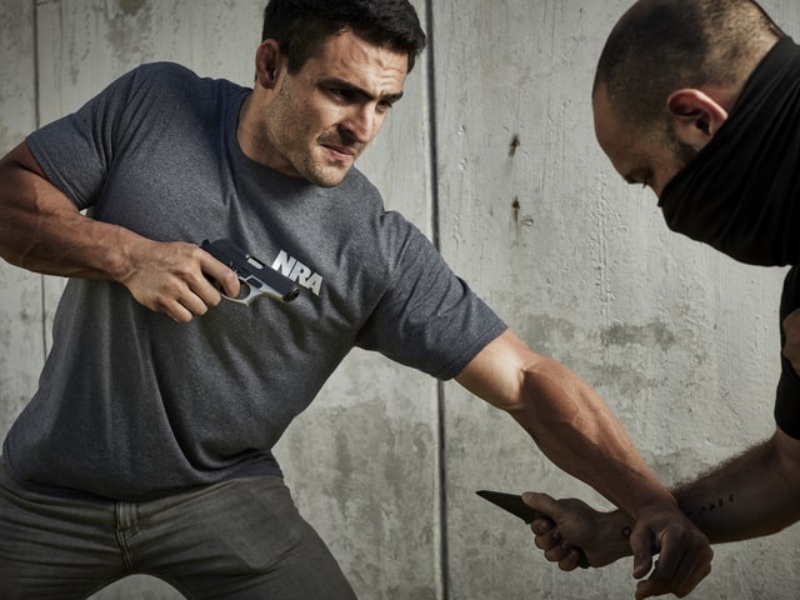
While their earlier successes were solid stepping stones to relevancy in the global market, Bersa’s most substantial release was still to come. Enter the Thunder series.
Bersa Thunder Series
The Bersa Thunder 380 & 9mm were introduced in 1995. The series release featured two separate variants for the pistol, a .380 ACP and a 9mm. They were based on locked breech and short-recoil modified Browning design.
The Thunder Series was their big break. By the end of the 1990s, Bersa had won significant contracts, including supplying the Argentine Armed Forces and the Argentine Federal Police.
Bersa Thunder 380
The Bersa Thunder 380 was considered classic and practical — solid construction with a steel slide and an aluminum alloy frame. It has a double-action/single-action (DA/SA) trigger mechanism, allowing for a heavy initial trigger pull in double-action mode and a lighter, crisper pull in single-action.
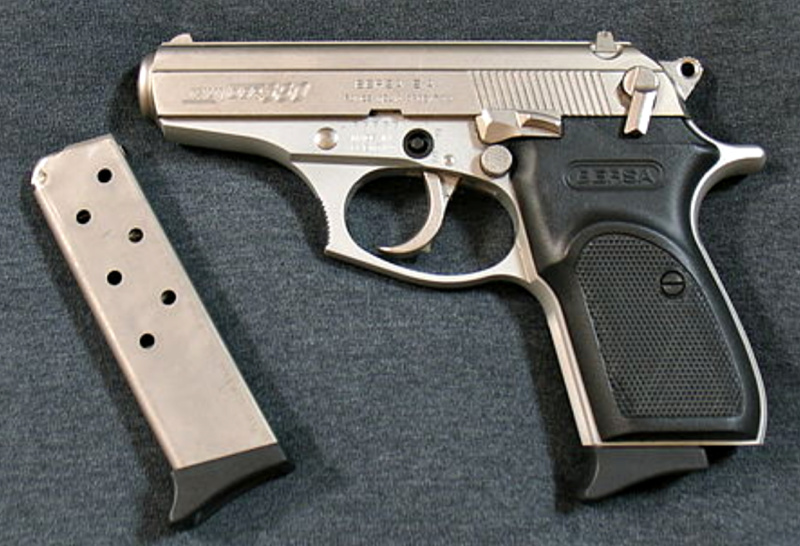
The Thunder 380 has had some criticisms, however, particularly regarding its ergonomics. The safety lever is notably thin. Additionally, the magazine disconnect feature renders the gun inoperable when the magazine is removed, and the non-standard placement of the magazine release may be inconvenient.
Despite this, the model has been somewhat successful in the States because it is budget-friendly and small enough for concealed carry. Additionally, Its resemblance to the Walther PPK can’t be ignored, but this likely worked in its favor in the long term. Many “clone” firearms have become more and more popular with collectors as time passes.
The Bersa Thunder .380 Popularity Abroad
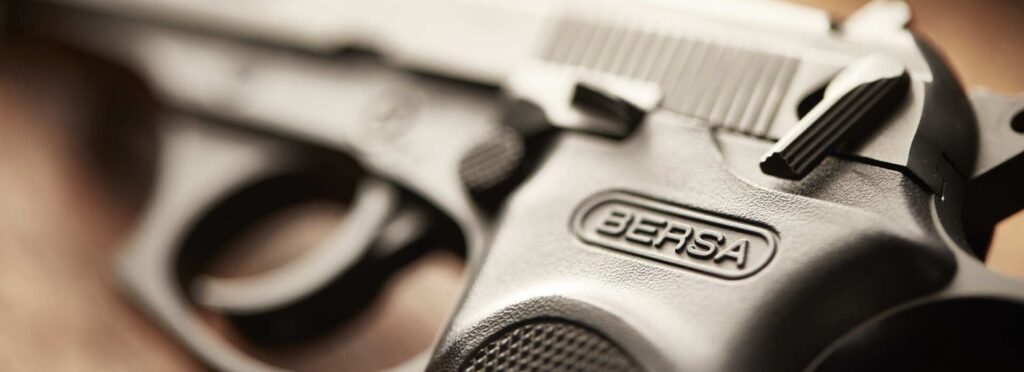
The Bersa Thunder 380 has gained popularity in more than a few regions, particularly in South America. In a few countries in South America, .380 ACP is the preferred cartridge for civilian use because of local legislation, current or historical.
Brazil, in particular, is a good example. Until former President Bolsonaro’s reforms in 2019, it was the most powerful cartridge people could get their hands on. With the largest market by a massive margin — we’re talking about four times the population of Columbia, the next most populous nation in the region — you could see how the Bersa Thunder 380 filled a nice little niche.
Additional Models
Despite the 380 being the most well-known, the Thunder series also spawned the Bersa Thunder 22, 32, 40, and 45. The 22 and 32 are compact models more similar to the Walther PPK, and the 40 and 45 are closer to the Walther P88.
Getting into the 2000s, they also began to modernize the series with the Thunder 9 Ultra Compact Pro and Thunder 40 Ultra Compact Pro.
Modern Day Bersa
While they’re still mostly known for their Thunder 380, the company’s recent developments include a more modern line of AR-style rifles and pistols. It’s called the BAR series, as in Bersa-AR, not to be confused with the BAR Browning Automatic Rifle.
The BAR series includes the BAR9 pistols and their “AR” style rifle in 5.56 and .300 Blackout. This is a pretty big shift, considering their almost 60 years of producing pistols and the occasional .22 rifle.
The company also recently established a manufacturing plant in Kennesaw, Georgia, bringing production to the U.S.
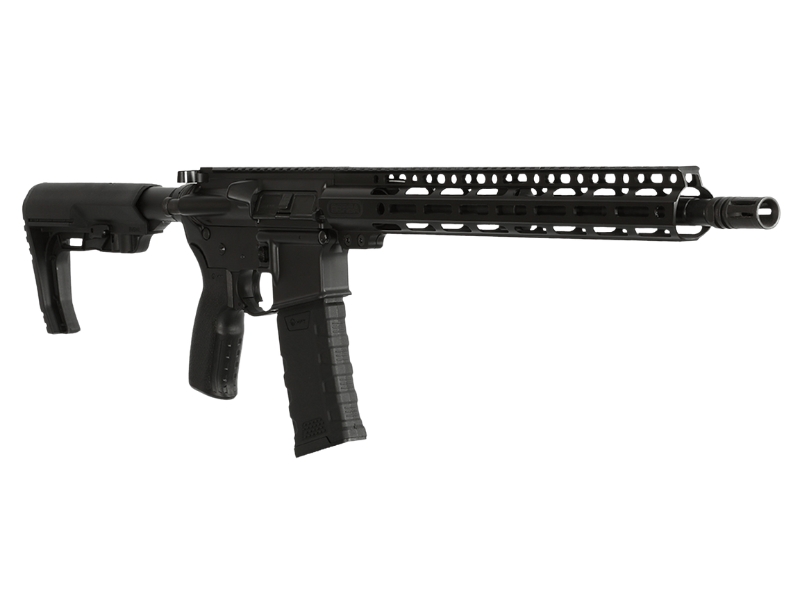
While most of the company’s firearms seem to be iterations or clones, Bersa continues to diversify its product range. It’ll be interesting to see how they continue modernizing to provide for their local and global markets as competition grows worldwide.
Regardless, Bersa seems poised to continue its tradition of providing reliable, accessible firearms to a global clientele.





